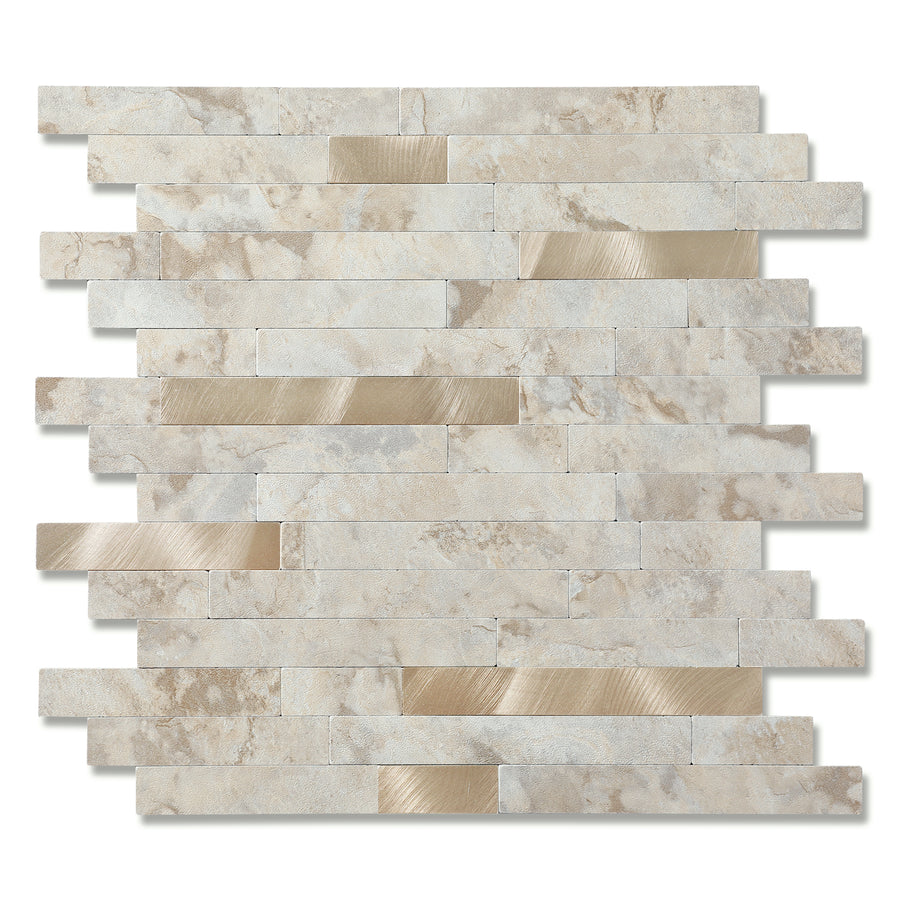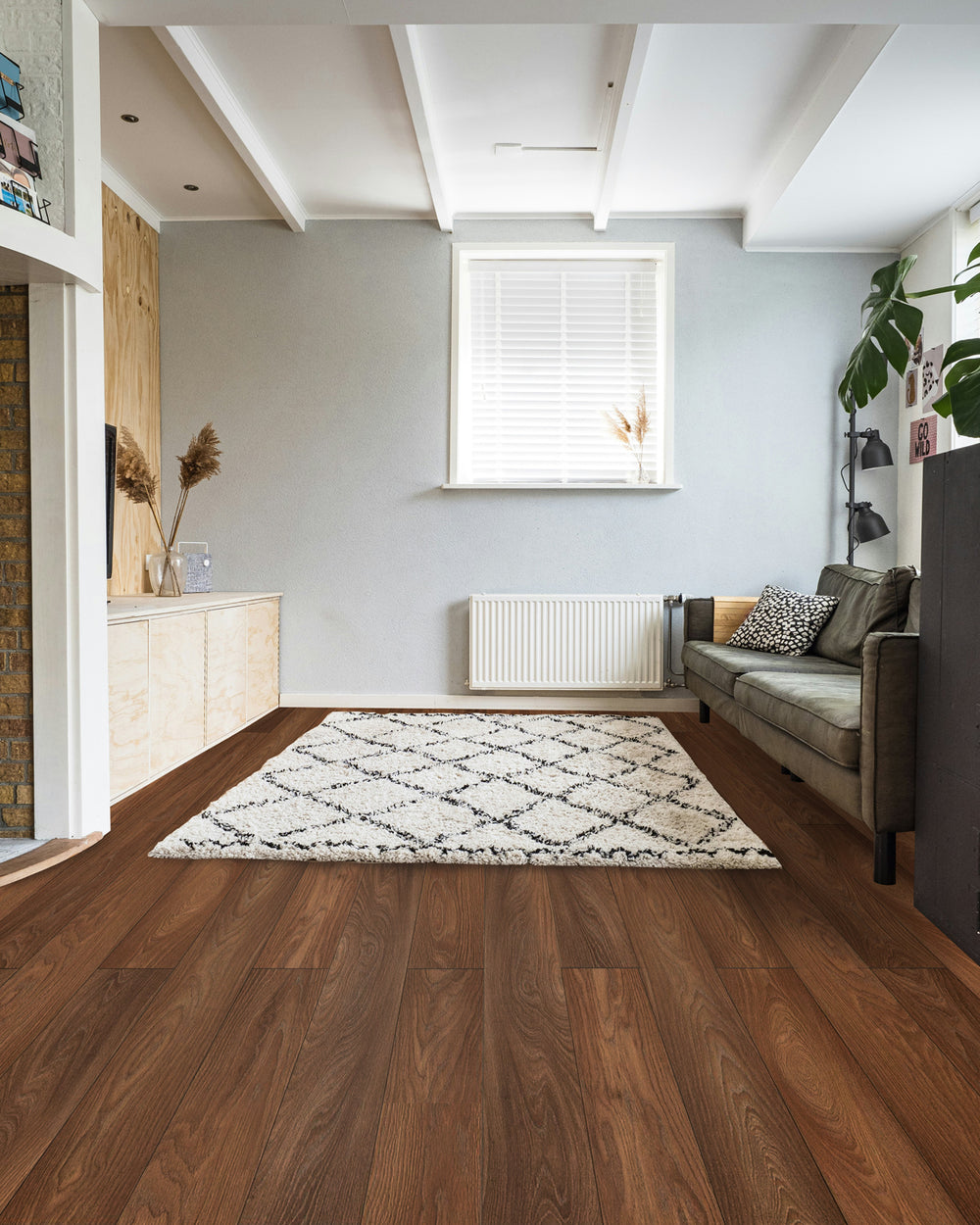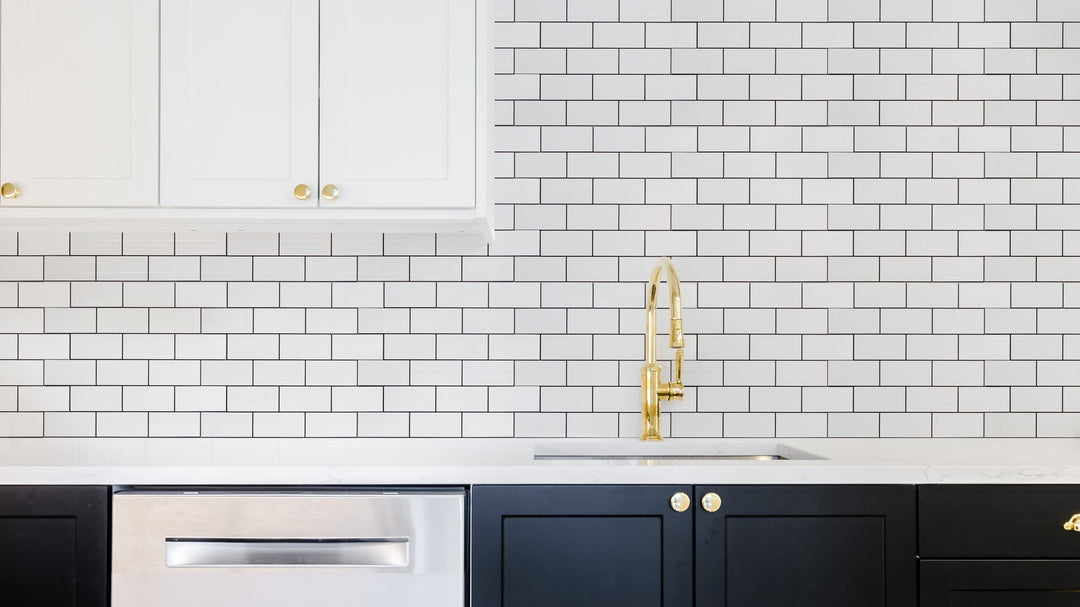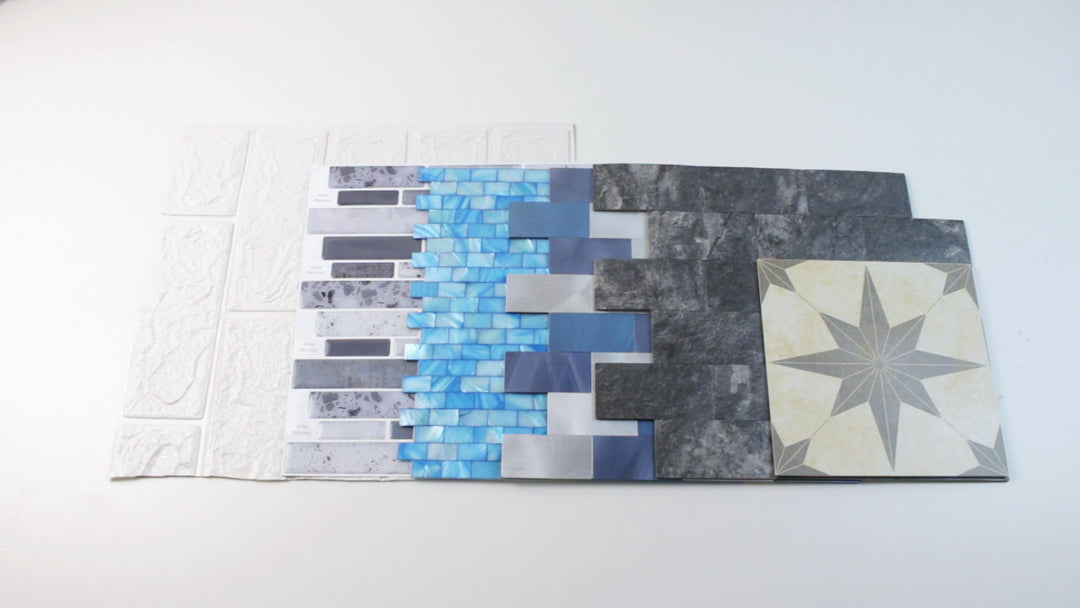Install Guide: How To Cut Peel And Stick Backsplash Tile
Introduction
This article lists the cutting methods and tools required for cutting different materials such as peel and stick backsplash tile.
When peel and stick backsplash tile is installed, it will definitely be cut accordingly to the mounting wall. Since peel and stick backsplash tile is available in different materials, the tools and methods used in the cutting process are different. The following is a detailed description of how to cut peel and stick tile according to the different materials.
Table of Content
About Vinyl Peel and Stick Backsplash Tiles
The basic tool set includes:
- Ruler
- Scissors
- Utility knife or pen knife
- Replacement Tip
- Buffer Cushion
You also need to prepare your own pencil.
Peel and stick vinyl tile is soft, bendable and thin, it is the easiest to cut peel and stick backsplash tile, even for some thickened products, the thickened part is just a soft backsplash, so after marking the straight line with a pencil, you can use scissors or a pen knife to cut it, it is very easy and convenient. It is very simple and convenient.


About PVC Peel and Stick Backsplash Tile
Tools:
- Ruler
- Utility Knife
- Buffer Cushion
- Scissors
The thickness of PVC backsplash tile varies from 2~4mm, the surface is PVC film and the middle is composite layer with certain hardness. Therefore, compared with drip glue, you can't use scissors to cut directly, you can only use a utility knife.
- Mark the part to be cut with a pencil.
- With the help of a ruler, use a utility knife in the peel and stick tile surface to make a knife mark. The depth can generally cut through the surface of the wear layer as well as the wear layer below the PVC membrane.
- PVC tiles by hand along the knife marks wrenching, you can use the edge of the table with your hands to peel the product, if the tile specifications are relatively small, you can use pliers!
At this time, the product has been separated, and then a utility knife or scissors to divide the adhesive backing can be used to complete the cutting.

Further Readings
→ How to Install Peel and Stick Subway Tiles with Plastic Frames?
About ALU Peel and Stick Backsplash Tiles
The cutting process for aluminum composite panel tiles is the same as for PVC backsplash tiles.
However, because the product's surface is metallic aluminum, it will be harder than PVC, so when using the boundary knife to scratch the surface of aluminum, you need to be more forceful than with PVC products.
Other processing methods are the same as PVC peel and stick backsplash tile.


How can you cut a small area of tiles to achieve a perfect combination? You can watch the video on the right to learn more about peel and stick tile cutting.
About Mother of Pearl Tiles


Tools:
- Straightedge
- Utility Knife
- Pliers
- Buffer Cushion
Mother of pearl tile is a natural processing product, the thickness of the general 2mm, hardness is relatively high, and the general size of the particles is small, so whether by hand directly wrenching, or in the table pressure, it is difficult to separate them. So after repeating the operation of cutting scratches on the surface with a hobby knife, you need to use pliers with the help of the table to separate the shells one piece at a time.
Since the shells are not flat, an extra layer of fiber mesh is added to the back of the shells for adhesion before the backing is added. Therefore, after finishing the cutting of the shells, you still need to cut the backing glue and the bottom mesh with a hobby knife before completing the final division. If you have a small cutter at home, you can use the cutter to cut the shells directly, which will save you effort.

About PVC & ALU Mixed Tiles
Tools:
- Straightedge
- Utility Knife
- Pliers
- Buffer Cushion
This type of tile backsplash is a mixture of PVC and Aluminum Composite Panel, so the entire cutting process can be executed according to the Aluminum Composite Panel peel and stick backsplash tile.
About SPC Peel and Stick Backsplash Tiles
Tools:
- Ruler
- Utility Knife
- Scissors
- Buffer Cushion
SPC peel and stick backsplash tiles have the advantages of high overall hardness and good flatness. The whole process of opening the boundary is similar to an aluminum composite panel. You only need to pay attention to not scratching the surface of the normally used part of the backsplash tile during the cutting process.


Conclusion:
Although different materials of peel and stick backsplash tiles are slightly different in terms of the method of loading and cutting, the cutting process of all materials can actually be handled very well by ordinary people who are not professionally trained. This is one of the most important reasons why peel and stick products can be widely used in everyday DIY home decoration.
Products Featured In This Blog
Frequently Asked Questions
Is peel and stick tile a good idea?
| Yes, it is a good idea. Peel and stick tiles are easy to install and you can do it yourself, saving the cost of cement workers. And you can choose a variety of styles to match according to where you need to install it. However, its service life may not be as long as real tiles. You can click here for the specific advantages and disadvantages. |
How to install peel and stick subway tiles?
The general installation of peel and stick tiles is roughly divided into 4 steps: 1. clean the wall; 2. cut the tiles; 3. tear off the backing and stick the tiles to the wall; 4. press the tiles to repeat the steps to complete the project. But the actual installation steps are more, click here for specific detailed steps.
How long does peel and stick tile last?
About one to two years. But the actual situation needs to be judged according to the humidity, heat and material of the environment you use.









Thanks for the clear and practical guide—especially the distinctions between cutting methods for vinyl, PVC, aluminum, and mother-of-pearl tiles. I recently tackled a small kitchen project using mixed PVC and ALU peel-and-stick tiles, and the tips about scoring and using a buffer cushion really helped. Since I work around custom plastic manufacturing, I could really appreciate how precise cutting techniques make a difference in both DIY projects and professional fabrication.
Leave a comment